
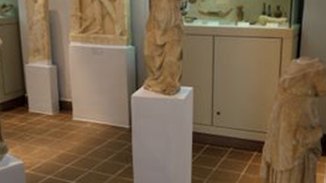
The purpose of the exhibition is to present the long lasting history of the island, and the short depiction of various aspects of human life, as it has been shifting through the ages.
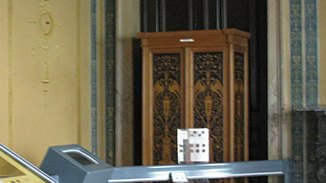
The Numismatic museum has always encouraged, and still does, the creation of new training programmes looking to make to the younger people knoen the importance of museums in society.
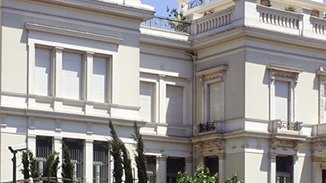
The Benaki Museum is a complex architectural composition, with an interesting history.The aim of the museum is the protection, preservation, and showcasing of the cultural heritage, as well as the connection of it to the modern social and scientific network.
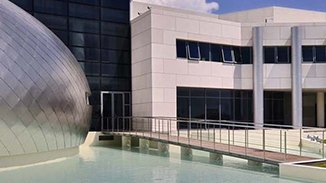
The Patras Archaeological Museum is nowadays one of the city’s milestones, as well as an exhibition space rich in exhibits, with the most current museological views.
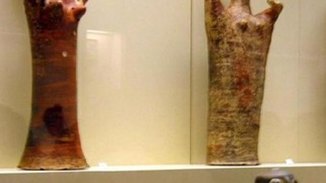
The exhibits of the Mycenae Archaeological Museum come from Mycenae and the spots that have been investigated in the surrounding areas and are accompanied by explanatory material, such as information, identification tabs of the exhibits, maps, drawings and recreations.
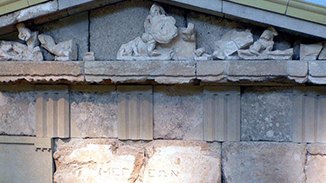
The Megara Archaeological Museum opened in 2-4-2000 to house the antiquities that come from the digs of the city and the surrounding area.
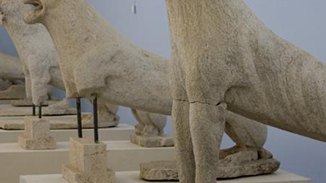
The Museum of Delos was built in 1904, at the expense of the Athens Archeological Company.The Museum’s exhibition includes nine rooms.

The Inscription Museum is unique in Greece, and the largest of its kind in the world. In it there are 13.536 inscriptions, mostly written in Greek. Chronologically, they cover the times from the first historic times to the paleochristianic, and most of them come from Greece.
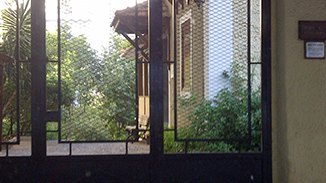
The Marika Kotopouli Museum started operating on May 9 1990, in order to be a functional museum of modern art. The building is the summer house, built in 1926 by the great actress of the Greek Theatre Marika Kotopouli.
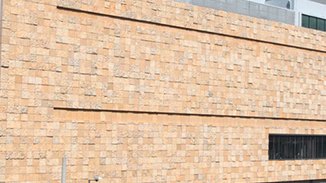
The National Museum of Modern Art began operating in 2000. This was a step to fill a big gap that existed for many years on international modern art for Athens.
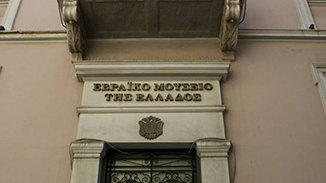
Jewish Museum of Greece was founded in 1977, in order to collect, maintain and display the civilization material connected to the 2300 years of presence of the jewish community in Greece.
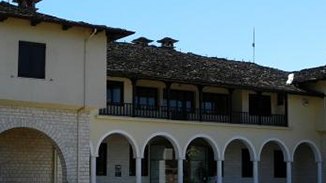
The Byzantine museum is located northeast of the Acropolis (Its-Kaleh) of the castle of Ioannina. It is a two storey building, on the ground floor of which the main exhibition is housed, comprising of findings (sculptures, coins, ceramics, pictures, bema doors, gospels) from the 4th to the 19th century.
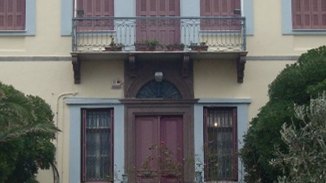
The Archaeological Museum of Lemnos is in Myrina, at the location Romeikos Gialos. The exhibition aims to letting the visitor follow, through the exhibits and the visual material, the history of Lemnos from the Copper era to the Middle Ages, and to understand the island’s importance in the wider area of North Aegean Sea.

Although Crete hosts one-quarter of Greece’s annual visitors, it’s still possible to escape the crowds by heading south. Thanks to the rugged mountains that stretch across much of the island’s spine, southern Crete remains a place apart.
1039 Ε 6061 01515 00